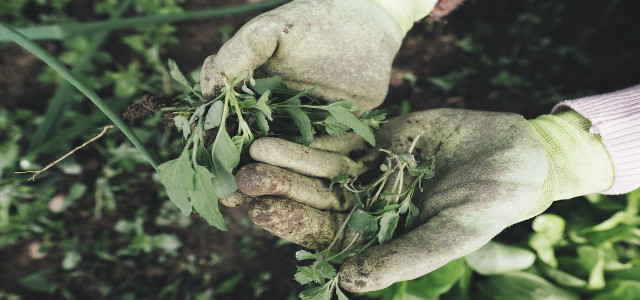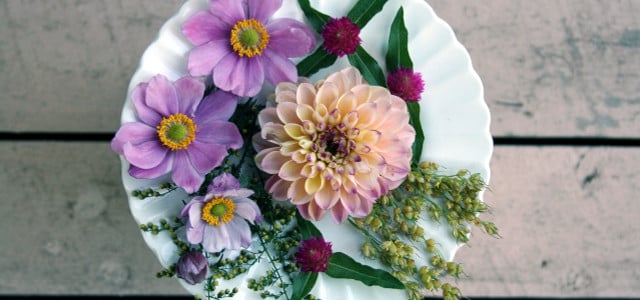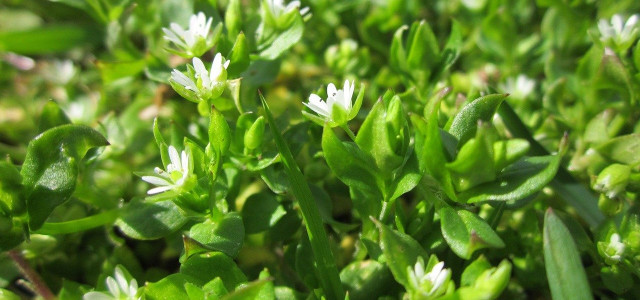Weeds are simply plants growing where humans don’t want them, but did you know there are many varieties of edible weeds? We’ll look at 9 different weeds you can eat and how to identify them.
Weeds in the garden can be annoying and stubborn, but if you look at them from a different perspective, you may change your mind about them. Many weeds are edible and can be used to enhance culinary dishes, and some are even said to have healing properties.
Weeds are Healthy – and Free
Instead of keeping a meticulous lawn and garden, free of supposedly pesky weeds, take a closer look at what’s growing. Oftentimes, these plants are very healthy, and best of all, they’re absolutely free!
- Before consuming any plant, make sure you know 100% what it is, or there could be serious health consequences. Many weeds you can eat look very similar to poisonous ones.
- Properly identifying edible weeds isn’t enough – you should always make sure they haven’t been sprayed with herbicides before eating them.
If you’re lucky, you won’t have to venture very far to find weeds you can eat: your backyard weeds are the safest to eat provided you don’t have pets or use weed killers.
Dandelion: Definitely Not a Weed
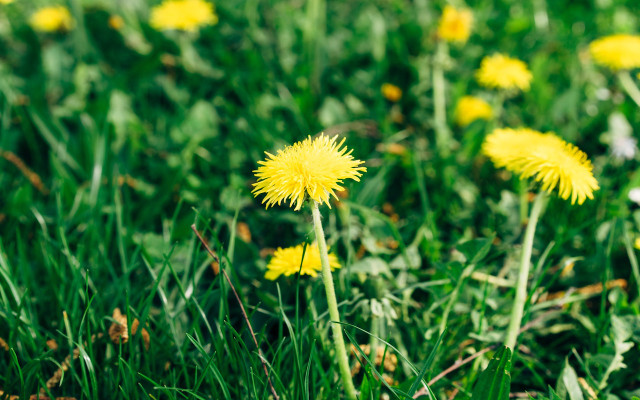


Chances are when you hear the word weed, dandelions are the first plant that comes to mind. Dandelions are among the most underrated edible weeds, containing many times more vitamins A and C than lettuce. In addition, all parts of the plant (leaves, flowers, and roots) are edible!
The leaves have a nutty, slightly bitter taste and go well with salads, soups, sauces, or on sandwiches. You can also steam them, similar to spinach. The iconic yellow flowers can be used as decoration on desserts or in salads, for jellies, syrups or even to make dandelion honey. The root can be chopped into a salad like radishes or used to make dandelion tea.
Stinging Nettles
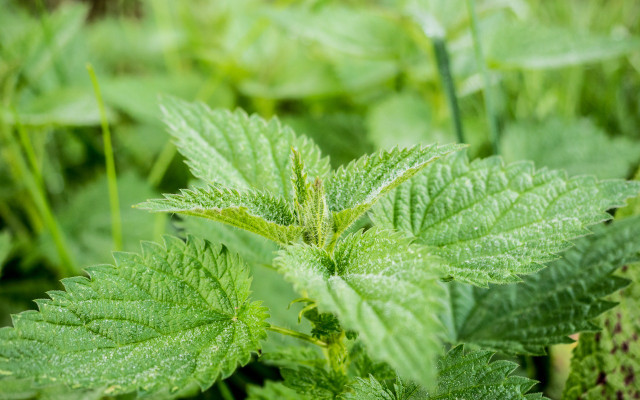


Because of their skin-irritating properties, stinging nettles are often feared and demonized as a horrible wild plant. Yet the nettle is among the most versatile weeds you can eat and as healthy as it gets, with high levels of iron, calcium and vitamin C.
The herb has a delicately spicy taste and when brewed as stinging nettle tea, it’s said to have an energizing effect. It also makes a delicious pasta sauce or filling for ravioli. Fresh nettles can also be frozen and used later.
To avoid the nasty stings, it is best to wear gardening gloves when picking and processing. Stinging nettles can be found everywhere: in gardens, on riverbanks, on roadsides, in forests and meadows. To properly identify nettles, you may have to get stung!
Read more: Stinging Nettle Benefits: How to Use Stinging Nettles as Medicine, in the Garden, and in the Kitchen
Purslane: Edible Succulent
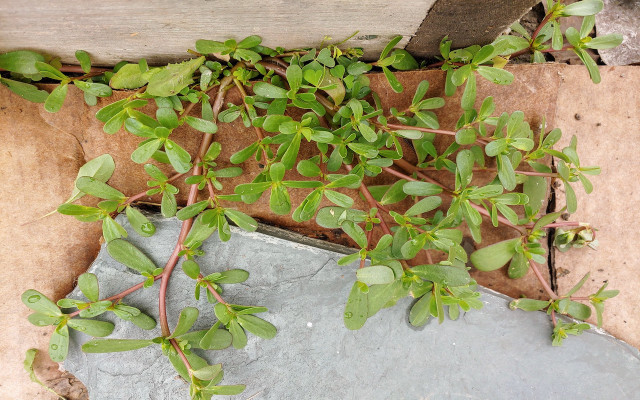


Purslane thrives in poor soil, which is why you’ll often find it growing between patio stones, or along the foundation of houses. The leaves, flowers, and seeds of this so-called weed are all edible, high in vitamins E and C, and loaded with omega-3 fatty acids.
This edible weed doesn’t have the strongest of flavors: the taste can be compared to that of lettuce. Where purslane does shine is the fun texture and crunch it has thanks to its succulent leaves. They make a great addition to salads, as a steamed side dish, or blended into soups or sauces like chimichurri.
Chickweed: A Super-Spreader Weed You Can Eat
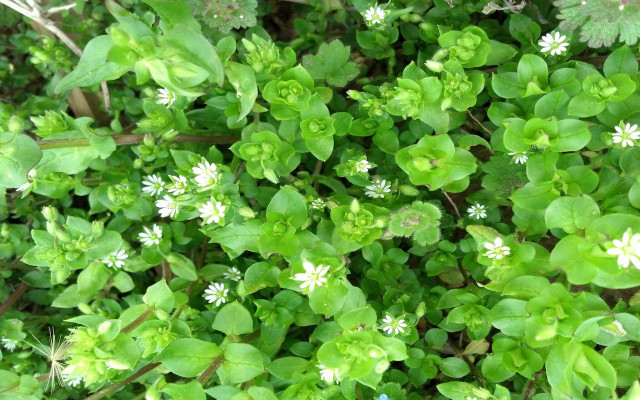


Chickweed grows, well, like a weed. Each plant produces 5 generations a year, each with up to 20,000 seeds. If you have chickweed in your garden, trying to eradicate it is fighting an uphill battle, so why not embrace this edible weed?
Compared to lettuce, chickweed contains three times as much potassium and magnesium, and seven times as much iron. Vitamins A and C are also abundant. It also contains a high amount of vegetable protein.
Chickweed has a mildly aromatic taste, reminiscent of peas. The leaves go well with salads, soups, and pesto. It’s best to harvest the young shoot tips before the plants get their white flowers.
Garlic Mustard: The Vitamin Bomb
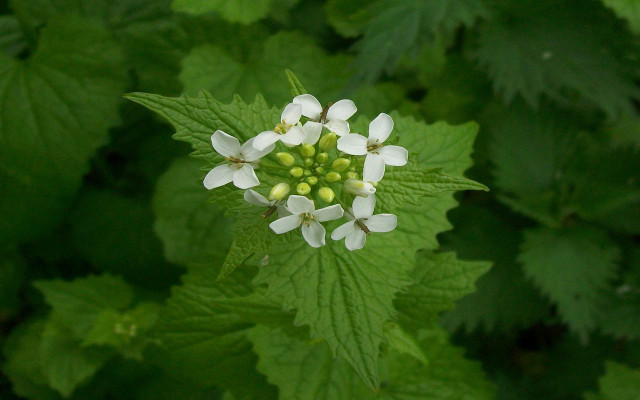


Most people consider garlic mustard to be a highly invasive weed. Having been brought over by European settlers as an edible herb, this non-native species spreads like wildfire. The leaves contain vitamins A, C, E, and some B vitamins along with potassium, calcium, magnesium, copper, iron, and omega-3 fatty acids. Talk about a healthy weed!
The best way to identify this edible weed is to crush the leaves in your hands – they’ll give off a very garlicky aroma, which is also what this plant tastes like. Use garlic mustard to make a vinaigrette for salads, chop it up and add to mashed potatoes, or use it to garnish soups and salads.
Wood Sorrel
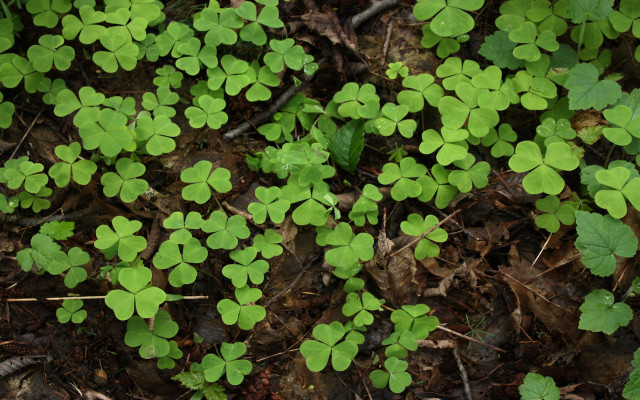


Often found in shady forests with rich soil, wood sorrel can be identified by its heart-shaped leaves, and pink, white or lavender flowers.
Wood sorrel leaves are delicious in soups and stews, and also make a great addition to salads. They contain high amounts of vitamin C and iron.
It is best to pluck young leaves because the older ones contain more oxalic acid, which is responsible for the unique taste. If you have a sensitive stomach, wood sorrel may not be for you!
Milk Thistle: An Intimidating Edible Weed
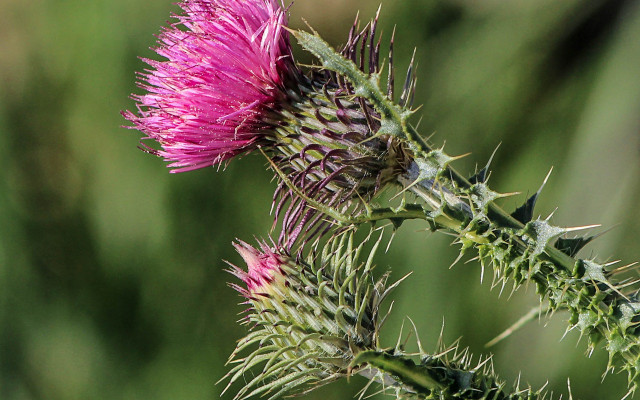


Thistles are often demonized due to their prickly exterior, so you may be surprised to learn that this spiky plant is also one of the many weeds you can eat. What they may lack in beauty, they more than make up for in usefulness. High in antioxidants, all parts of milk thistle are edible, right down to the seeds, which can be used to make a tea that has traditionally been used to treat liver conditions.
To avoid getting pricked, you’ll want to wear thick gloves when harvesting this edible weed. Use the flower buds similar to artichokes, grind up seeds to make a coffee substitute, eat the leaves like spinach in salads, or dry the roots to grind up for flour.
Did you know? Not only are thistles good for humans, but they’re also great for pollinators like bees. Read more: 11 Flowers for Bees: Turn Your Garden or Balcony Into a Bee Paradise
Red Clover
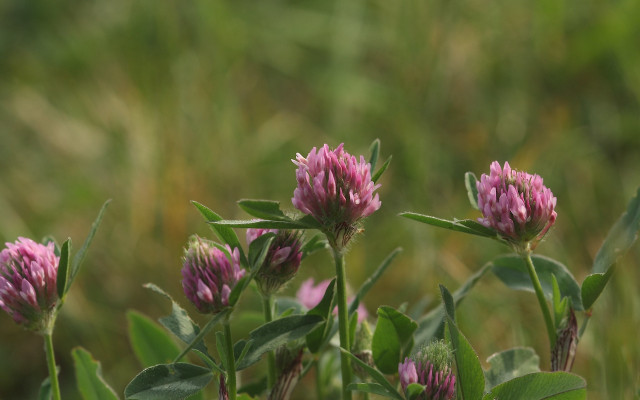


Belonging to the legume family, red clover is another weed you can safely eat. You’ll often find them growing in patches on your lawn. The leaves have a distinct chevron pattern on them, which makes them easy to identify.
The flowers have a subtle pea flavor and are the tastiest part of the plant. The leaves are high in protein and contain B vitamins as well as vitamin C, making them a great addition to salads and sandwiches.
Wild Garlic (Ramps)
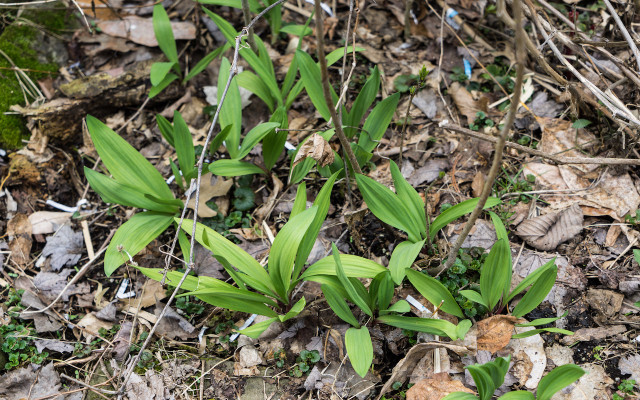


If you find these in your backyard, you’ve won the edible weed lottery. Ramps (also known as wild garlic or wild leeks) are not easy to find, and are often confused with the poisonous Lily of the Valley. They are a good source of iron, antioxidants, and folate. You’ll find them only in the spring, often in moist soil underneath trees. They’re one of the first edible weeds to pop up after winter.
The flavor falls somewhere between onion and garlic, making them particularly useful in the kitchen. Wild leeks are delicious and can be made into soups, sauces, pesto, added to sandwiches, or even to make ramps salt.
Note: Ramp populations are dwindling, and it takes at least 5 years for a ramp plant to mature. Therefore, it’s best to harvest a leaf or two from each plant and leave the bulb firmly in the ground.
For more books on the subject, check out:
- Acorns & Cattails by Rob Connoley (available at your local bookstore or on Amazon**)
- Ugly Little Greens by Mia Wasilevich (available at your local bookstore or on Amazon**)
- Backyard Foraging by Ellen Zachos (available at your local bookstore or on Amazon**)
- Wild Edibles by Sergei Boutenko (available at your local bookstore or on Amazon**)
This article has been adapted from German by Karen Stankiewicz. You can find the original here: 10 Unkräuter, die man essen kann
Important Information regarding Health-related Topics.
** Links to retailers marked with ** or underlined orange are partially partner links: If you buy here, you actively support Utopia.org, because we will receive a small part of the sales proceeds. More info.Do you like this post?






